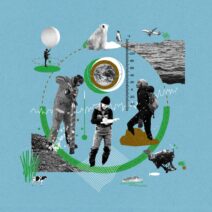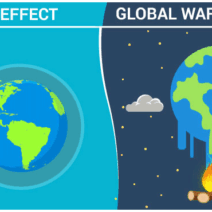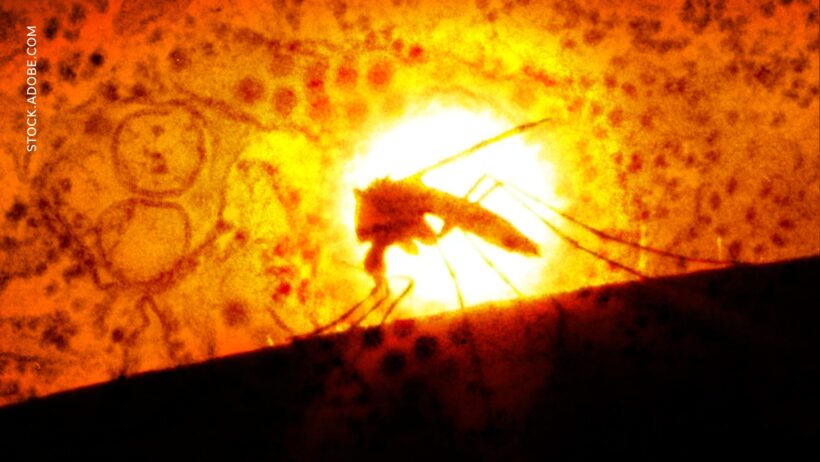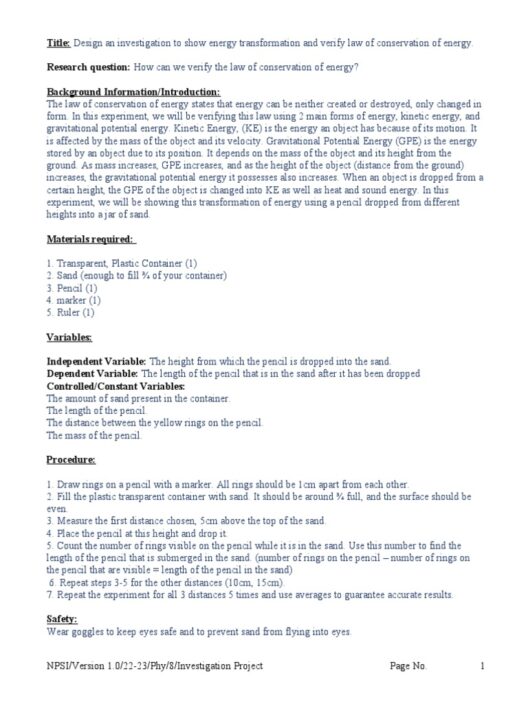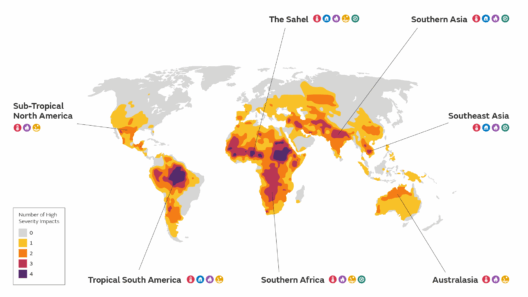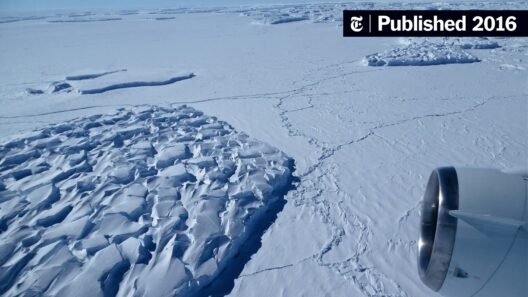The Earth is often referred to as a living organism, with its continents, oceans, and atmosphere working in concert to sustain life. Yet, what happens when this delicate balance shifts? Global warming, often described as the planet’s fever, is manifesting in a multitude of ways, affecting ecosystems, weather patterns, and even human health. Have you ever pondered how the rising temperatures might alter the world we inhabit?
At the outset, understanding the relationship between greenhouse gases and global temperatures is crucial. Greenhouse gases, such as carbon dioxide and methane, trap heat in the Earth’s atmosphere, leading to a gradual increase in temperature over time. This phenomenon is not just a theoretical construct; it has substantial consequences, evidenced by rising sea levels, shifting weather patterns, and increasingly severe natural disasters.
As the planet’s temperature ascends, so does the intensity of climate-related events. Hurricanes are becoming more ferocious and unpredictable, propelled by warming ocean waters that provide them with additional energy. The devastation wrought by Hurricane Harvey in 2017 exemplifies this trend, where extreme rainfall inundated cities, displacing thousands and causing catastrophic damage. This raises an important question: Are we prepared for the next storm that could wreak similar havoc?
Wildfires are another byproduct of rising temperatures, becoming increasingly commonplace in regions previously untouched by such infernos. In places like California, drought conditions exacerbated by climate change create a perfect storm for wildfires, with devastating impacts on ecosystems and air quality. The unprecedented fires of 2020 sparked conversations about forest management, land use, and the global responsibilities we share to mitigate such disasters. Is our current approach towards land stewardship sufficient, or do we need to rethink our strategies?
Moreover, global warming conveys tangible impacts on biodiversity. Many species are struggling to adapt to rapid environmental changes, leading to shifts in habitats and potential extinction. One poignant example is the plight of polar bears, whose habitat is deteriorating due to melting ice caps. As their hunting grounds shrink, these majestic creatures face an uncertain fate. This prompts a critical inquiry: How can we advocate for conservation strategies that support biodiversity amidst climate change?
Additionally, human health is intricately tied to climate patterns. Rising temperatures influence the transmission of infectious diseases, compounding health risks for vulnerable populations. For instance, warmer conditions can extend the habitats of disease-carrying mosquitoes, facilitating the spread of viruses such as Zika and dengue fever. Beyond infectious diseases, heatwaves pose immediate dangers, especially for the elderly and those with pre-existing health conditions. Are we adequately addressing the implications of climate change on public health, or are we merely scratching the surface?
In the agricultural sector, the ramifications of global warming are profound. Shifting climate zones alter traditional growing seasons and threaten food security worldwide. As farmers contend with unpredictable weather, crop yields may decline, leading to food shortages and increased prices. The interconnectedness of global food systems raises poignant questions: How will we adapt our agricultural practices to ensure sustainable food production, and how can food systems evolve to meet the challenges posed by climate change?
Fossil fuel dependency is a significant contributor to global warming, driving the urgency to transition to renewable energy sources. Wind, solar, and geothermal energy stand at the forefront of this change, promising a sustainable future free from the shackles of carbon emissions. However, the transition requires substantial investment and a collective effort from governments, corporations, and individuals alike. This challenge beckons a reply: How can we accelerate the energy transition while ensuring equitable access for all?
Urban areas are not immune to the consequences of climate change. As populations swell and cities expand, the urban heat island effect exacerbates temperature increases. Green spaces, or the lack thereof, play a critical role in urban resilience. Developing eco-friendly infrastructure and promoting urban forestry can mitigate heat impacts while enhancing air quality. This invites a consideration: How can urban planning evolve to foster resilience and sustainability in the face of impending climate challenges?
Moreover, climate change is intrinsically linked to global inequalities. The most vulnerable populations often bear the brunt of its effects, despite contributing the least to its causes. Marginalized communities may have limited resources to adapt, exacerbating socioeconomic disparities. Addressing climate justice is paramount, demanding that we advocate for policies that uplift the most affected. Are we ready to forge alliances that ensure all voices, especially those from vulnerable communities, are heard in the climate discourse?
Some might argue that the challenges posed by global warming are too daunting. Yet, necessity breeds innovation. Technologies are emerging daily, offering solutions to mitigate and adapt to climate change. From carbon capture and storage to sustainable agriculture techniques, opportunities abound for positive change. This fortifies a concluding challenge: Can we harness our collective intellect and creativity to forge a sustainable future, or will we be content to let the Earth suffer from its fever?
In light of these realities, it is incumbent upon each of us to take actionable steps. Awareness, advocacy, and collaboration are crucial in responding to the existential threat of climate change. It is imperative to understand that the Earth is not merely experiencing a fever; it is a clarion call for humanity to reassess its relationship with the planet and urgently work towards restoring balance before it is too late.
